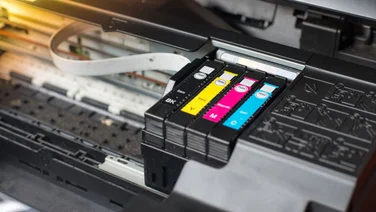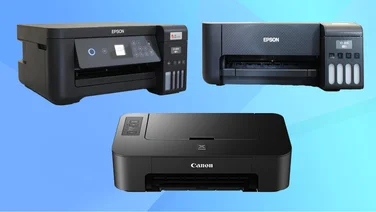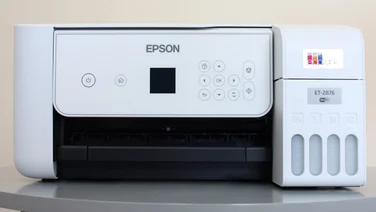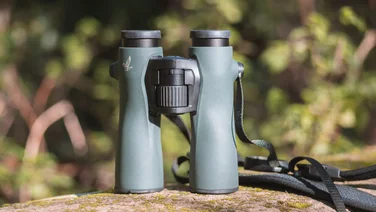To help us provide you with free impartial advice, we may earn a commission if you buy through links on our site. Learn more


GE’s DV1 is another camcorder designed for outdoor use. GE claims it’s waterproof to five metres and can survive a 1.5-metre drop.
It’s a neat soap bar design, and you can get the camera in a variety of colours. Our model came in bright orange, but you can also get grey, blue and green versions. A flap on the right conceals the SDHC card slot, which can take cards up to 32GB, and the left-hand flap covers the flip-out USB connector and Mini DVI plug for playback on a TV. The USB plug flips out at a right angle rather than vertically as on Kodak’s Mini, so the camcorder’s body can foul on other devices and cables plugged into the back of your PC – you may need a USB extension cable.

You control the DV1 with a directional touchpad and a simple menu system, and there are shortcuts for filming, playback and deleting videos. Instead of obscure filenames, the recordings menu shows thumbnails for each video, and pressing up and down on the keypad scrolls smoothly between each thumbnail. The DV1 has a built-in accelerometer, and flips to landscape automatically when you turn the camcorder on its side.
There are several movie modes listed in the options; you can record in 1080p, 720p or 640×480 at 30fps, or use the high frame rate 720p 60fps mode. There’s also an HDR option, but we didn’t see it making much difference to our test videos. The DV1 can also take still 3-megapixel images and has a continuous mode, but this only shoots about a frame a second. Still images have similar quality to a mobile phone camera.
We preferred the smoothness of the 60fps 720p video, as we didn’t see any great quality advantage in ramping up the pixels to 1080p. Video quality is average at best. Footage is grainy and lacks detail under office lighting, especially compared to the detailed images produced by Flip’s Ultra HD 3rd gen (see Editor’s Choice, below). Things were better once we moved outside, but the camcorder had trouble adjusting its exposure correctly; when we tried to film the top of a building the DV1 became confused by the sky and made the building almost black.
The DV1 has optical image stabilisation. This helped with smooth handheld pans and when holding the camera steady on a subject, but we weren’t impressed with its performance when walking; the image jumped up and down all over the place, leading to an off-putting rippling effect in recorded video. The Flip Ultra HD was far more steady while we walked around and up and down stairs.
The DV1 also doesn’t cope particularly well in low light. It’s not a patch on Kodak’s Mini in very dark conditions – video stays smooth but is very dark. Footage taken in a restaurant didn’t have too much grain, but a lack of detail and smeary colours gave people a Plasticine-like appearance. We were impressed with its microphone, though – subjects speaking to camera sounded clear over background noise.

When you plug the DV1 into your PC, the SD card is mounted as a drive and the option to install Google’s Picasa 3 software pops up. Picasa’s browser shows all the photos and videos on your PC, and gives you simple editing options. As with the ArcSoft MediaImpression software supplied with the Kodak Mini, you can trim clips and upload them to YouTube, but there’s no FaceBook option. However, you can select parts of a movie and export them as separate clips. For more advanced editing, you may want to try a different package, such as VirtualDub.
We wanted to like GE’s DV1. It’s £52 cheaper than the Flip Ultra HD 3rd gen, is easy to use and has a great thumbnail video review mode and good-quality microphone. Unfortunately, we weren’t impressed with its indoor or outdoor video quality. We think the Flip Ultra HD is worth the extra money.






